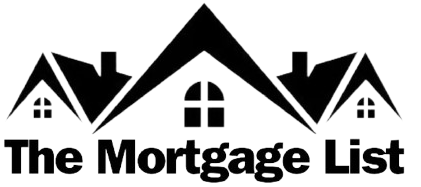Piggyback Loans: A Comprehensive Guide
Introduction to Piggyback Loans
In the realm of real estate financing, piggyback loans have emerged as an alternative for homebuyers aiming to avoid private mortgage insurance (PMI) or acquire funds for a down payment. Understanding the nuances of Supplementary Loans is crucial for potential homeowners navigating the complex landscape of mortgage options.
What are Piggyback Loans?
Piggyback loans, also known as combo loans, involve taking out two mortgages simultaneously, typically to avoid paying PMI, which lenders often require when borrowers make a down payment of less than 20% of a home’s purchase price.
Components of Piggyback Loans
Piggyback loans consist of two primary components:
- First Mortgage: This mortgage covers the majority of the home’s purchase price, usually around 80%.
- Second Mortgage: The second mortgage typically covers the remaining balance, providing an alternative to paying a larger down payment or obtaining private mortgage insurance.

Advantages of Piggyback Loans
Avoiding PMI Costs
One of the primary benefits of Supplementary Loans is the ability to bypass PMI payments, which can significantly reduce monthly mortgage expenses.
Lower Down Payment
By splitting the loan into two parts, Supplementary Loans enable borrowers to make a lower initial down payment, making homeownership more accessible.
Improved Interest Rates
In some cases, piggyback loans may offer more favorable interest rates compared to traditional mortgage options, particularly for borrowers with strong credit histories.
Potential Tax Benefits
Interest payments on both the first and second mortgages may be tax-deductible, providing potential tax advantages for homeowners.
Disadvantages of Piggyback Loans
Higher Interest Rates on Second Mortgage
The second mortgage in a Supplementary Loan often carries a higher interest rate compared to the first mortgage, potentially increasing overall borrowing costs.
Risk of Default
Taking out two mortgages simultaneously increases the financial burden on borrowers and amplifies the risk of default, particularly in unstable economic conditions.
Limited Availability
Not all lenders offer Supplementary Loans, limiting the accessibility of this financing option for some homebuyers.
Complexity and Additional Fees
Managing two separate mortgages adds complexity to the borrowing process and may entail additional fees, such as closing costs and origination fees.

Is a Piggyback Loan Right for You?
Determining whether a Supplementary Loan aligns with your financial goals requires careful consideration of various factors, including your credit score, available down payment, and long-term homeownership plans.
Consult with a Financial Advisor
Seeking guidance from a qualified financial advisor can help you assess the suitability of Supplementary Loans based on your unique financial circumstances and objectives.
Conclusion
Piggyback loans offer an alternative financing solution for homebuyers seeking to avoid PMI costs or make lower down payments. While they come with advantages such as bypassing PMI and reducing initial down payment requirements, Supplementary Loans also entail risks and complexities that borrowers must carefully evaluate. Consulting with a financial advisor and conducting thorough research can empower potential homeowners to make informed decisions regarding their mortgage options.
FAQs (Frequently Asked Questions)
1. Are piggyback loans only suitable for first-time homebuyers?
Piggyback loans can benefit both first-time and repeat homebuyers, depending on their financial circumstances and objectives.
2. How does a piggyback loan affect my credit score?
Taking out a piggyback loan may impact your credit score, particularly if it increases your overall debt-to-income ratio or if you miss payments on either mortgage.
3. Can I refinance a piggyback loan?
Refinancing a Supplementary Loans is possible, but it’s essential to consider the associated costs and potential impact on overall borrowing terms.
4. Are there alternatives to piggyback loans for avoiding PMI?
Other alternatives for avoiding PMI include making a larger down payment, opting for lender-paid mortgage insurance (LPMI), or exploring government-backed loan programs.
5. What factors determine the interest rates for piggyback loans?
Interest rates for piggyback loans are influenced by various factors, including the borrower’s credit score, loan-to-value ratio, and prevailing market conditions.

Read More:>
